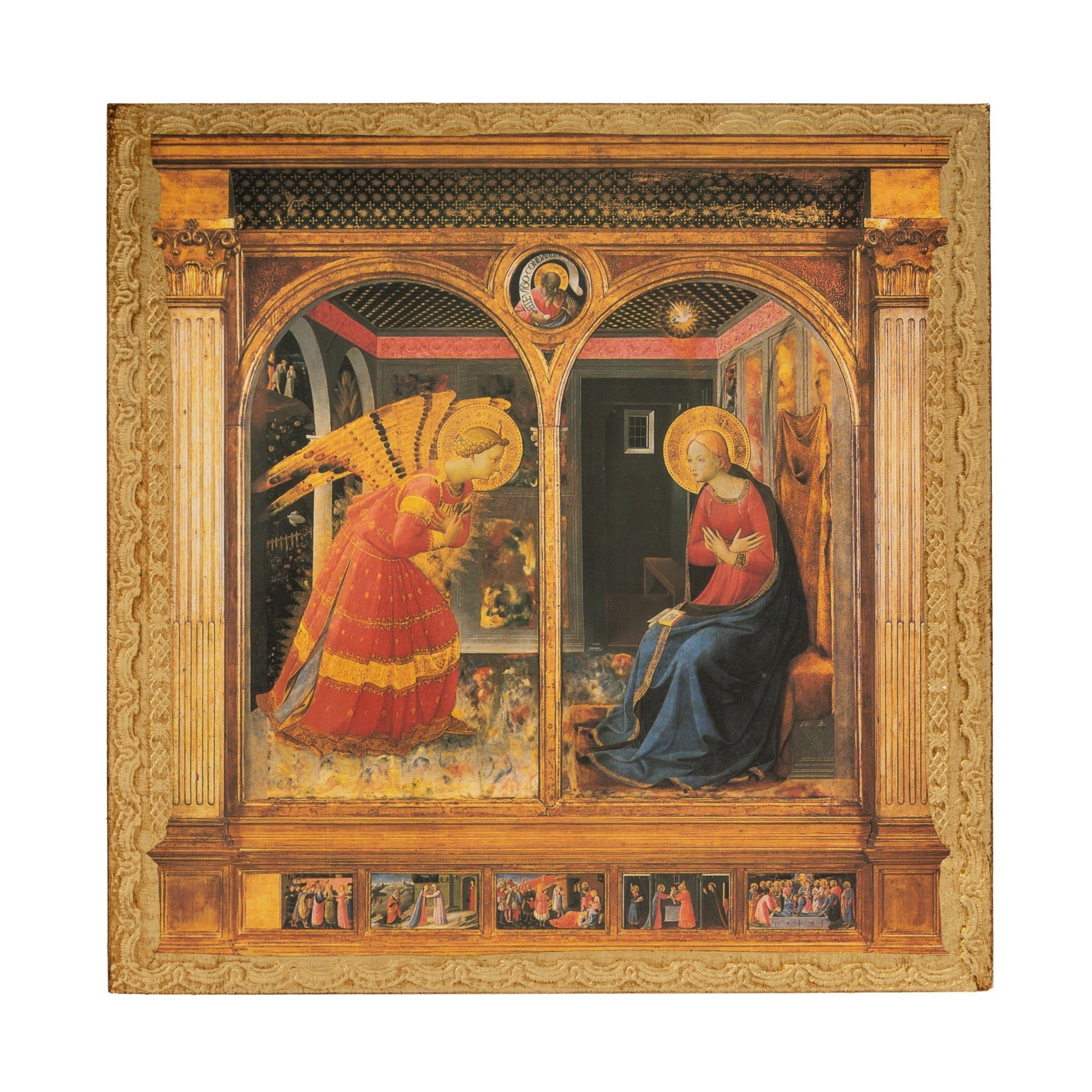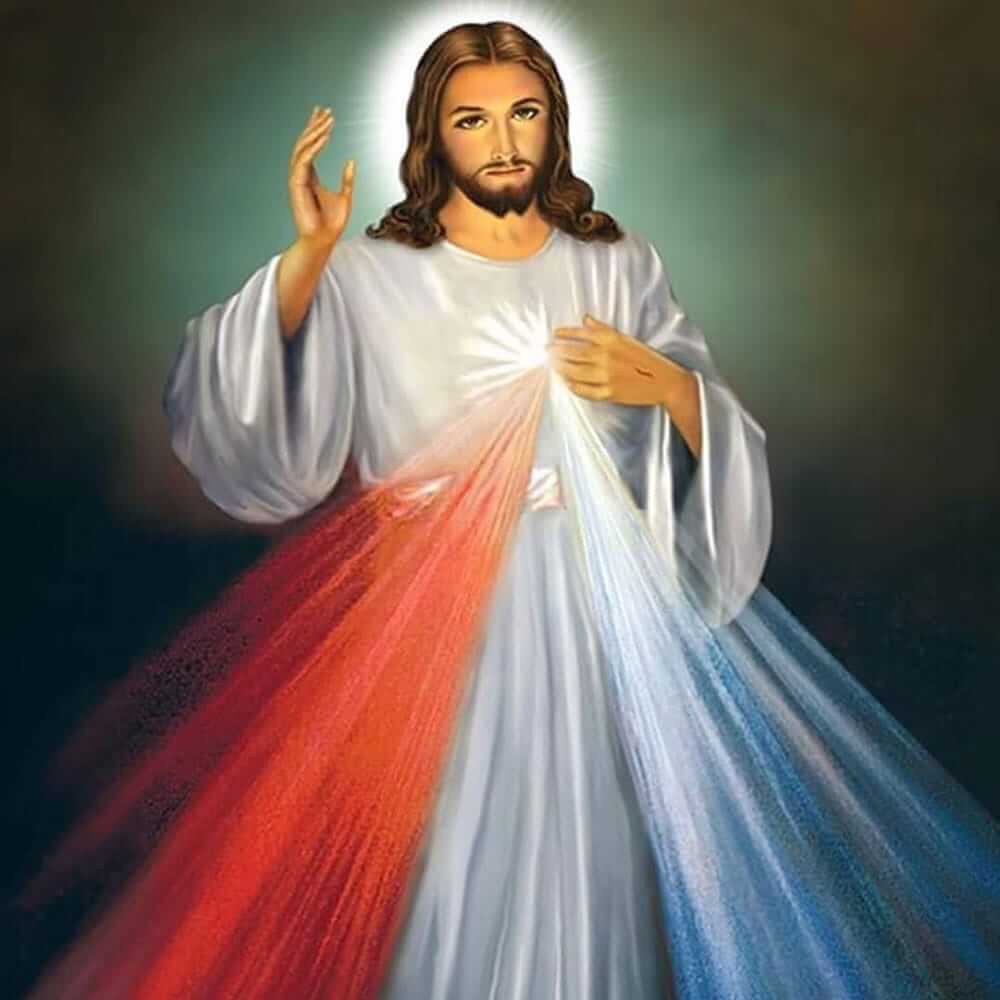During the Middle Ages, when the date for Christmas was settled, the date of the Annunciation feast—a growing devotion at the time—was also fixed. It was set on March 25th, nine months prior to Christmas.
In Austria and Germany, the feast took on the affectionate name “Feast of Swallows.”
The little birds had migrated in the same pattern since time began, flying south for the winter and returning to central Europe just as the buds began to swell in late March. Legendarily, the swallows spent the winter in Nazareth.
The medieval people quickly noted that the swallows’ punctual return occurred close to the feast day. Surely it could be no coincidence that the feast occurred at the time the little swallows returned to build nests on church and home!

The Annunciation by Fra Angelico (courtesy of Museo del Prado). Note the swallow sitting on the bar!
In the vivid, quick medieval imagination, the swallows symbolized the virtues of the Virgin. They looked at the docile, white-breasted little birds peeking from their mud-houses and thought of the purity and obedience and humility of the Blessed Virgin.
The “Feast of Swallows” meant all that Abbot Gueranger put into words centuries later:
She, the humble maid of Nazareth, is to have the ineffable happiness of becoming the Mother of God, and yet the treasure of her Virginity is to be left to her! Mary bows down before this sovereign will, and says to the heavenly Messenger: Behold the handmaid of the Lord: be it done to me according to thy word. —Dom Prosper Gueranger, The Liturgical Year
Due to March 25th falling in Holy Week this year, the Feast of the Annunciation was moved to today, April 8th!
The Blessed Mother’s eager obedience reminds and inspires us to do as God asks with equal willingness. Keep the reminder fresh with The Annunciation Italian Plaque! Depicting one of Fra Angelico’s classic paintings with stunning gold leaf accents, this elegant plaque is the perfect gift for all those devoted to the Blessed Mother’s virtues. Available today at The Catholic Company!

























